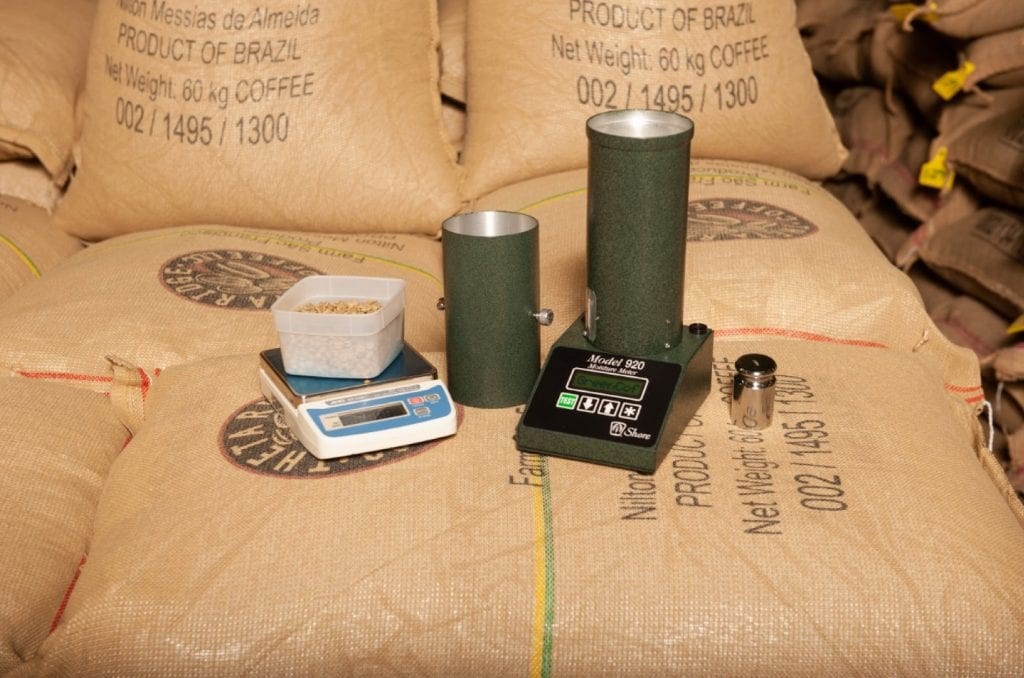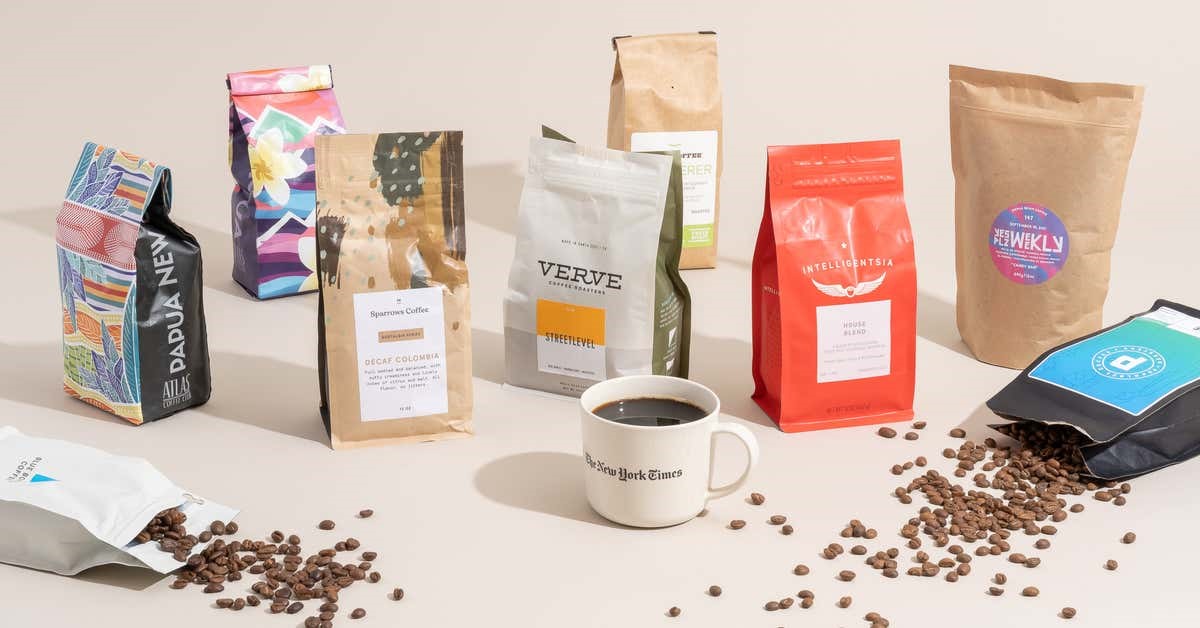
Roasters must ascertain the moisture level of the beans before profiling a coffee.
The green coffee’s moisture will act as a conductor, allowing heat to enter the bean. It typically makes up around 11% of the weight of green coffee and can affect a variety of qualities, including acidity and sweetness as well as scent and mouthfeel.
Understanding the moisture level of your green coffee is essential for speciality roasters to produce the best coffee.
In addition to identifying flaws in a large batch of beans, measuring the moisture level of green coffee can also help with important roasting variables like charge temperature and development time.
The moisture content of coffee is determined by what?
Processing, shipping, handling, and storage conditions are just a few of the factors that might affect a coffee’s moisture content along the whole coffee supply chain.

The measurement of water in a product in relation to its overall weight is referred to as moisture content, and it is stated as a percentage.
Monica Traveler and Yimara Martinez of Sustainable Harvest spoke about their new analysis on Water Activity in Green Coffee at Roast Magazine’s 2021 virtual event.
They claim that a coffee’s moisture content affects a variety of physical characteristics, including weight, density, viscosity, and conductivity. Their analysis states that moisture content above 12% is too wet and below 10% is too dry.
11% is frequently thought to be optimum since these leave either too little or too much moisture, which prevents the desired roasting reactions.
The drying techniques employed by producers largely determine the moisture content of green coffee.
For instance, turning the beans as they are drying can guarantee that the moisture is removed uniformly.
Natural or honey-processed coffees may have a harder time drying because there is a greater barrier for moisture to pass through.
The potential of mycotoxins being produced must be avoided by allowing coffee beans to dry out for at least four days.
11% is frequently thought to be optimum since these leave either too little or too much moisture, which prevents the desired roasting reactions.
The drying techniques employed by producers largely determine the moisture content of green coffee.
For instance, turning the beans as they are drying can guarantee that the moisture is removed uniformly.
Natural or honey-processed coffees may have a harder time drying because there is a greater barrier for moisture to pass through.
The potential of mycotoxins being produced must be avoided by allowing coffee beans to dry out for at least four days.
What dangers could result from insufficient moisture content?

To assess the moisture content of their green coffee, roasters have access to a variety of equipment.
It is significant to note that there is probably no direct relationship between moisture content and cupping results. It is doubtful that a coffee with a moisture level of 11% will rate in the upper nineties.
Only a direct correlation exists between moisture and water activity and the stability, longevity, and shelf life of coffee.
When the bean’s density has decreased sufficiently that it can no longer sustain the pressure, the vapour is released at first crack.
A lighter roast will lose less moisture than a darker roast because the weight loss within a coffee is caused by moisture loss.
What impact does roasting moisture content have?
Higher moisture content coffees could be challenging to roast under control. This is due to the fact that once vaporized, they may contain too much moisture and energy.
Moisture content can also benefit from airflow. For instance, the roaster will need to be set with a lower airflow if the coffee has a lower moisture content. This prevents the moisture from drying up too soon, which would leave little energy for the chemical reactions required for the roast to take place.
Alternately, roasters should boost ventilation to hasten the drying process if the moisture content is too high. To mitigate the energy spike, roasters should adjust the drum speed at the end of the roast.
Knowing the moisture content of the coffee before roasting will help you obtain the best flavor and prevent roasting flaws.
Regularly checking the moisture content helps roasters maintain a consistent roast profile and makes sure their coffee is not degrading as a result of poor storage conditions.
Green coffee must be packaged with sturdy materials that are simple to handle, pack, and stack for storage. It should be airtight and resealable to shield the coffee from moisture and microbial contamination.
At CYANPAK, we provide a variety of coffee packaging solutions that are 100% recyclable and made from renewable resources like kraft paper, rice paper, or multilayer LDPE packaging with an eco-friendly PLA inner.

Furthermore, we provide our roasters total creative freedom by letting them create their own coffee bags.
Post time: Dec-20-2022

